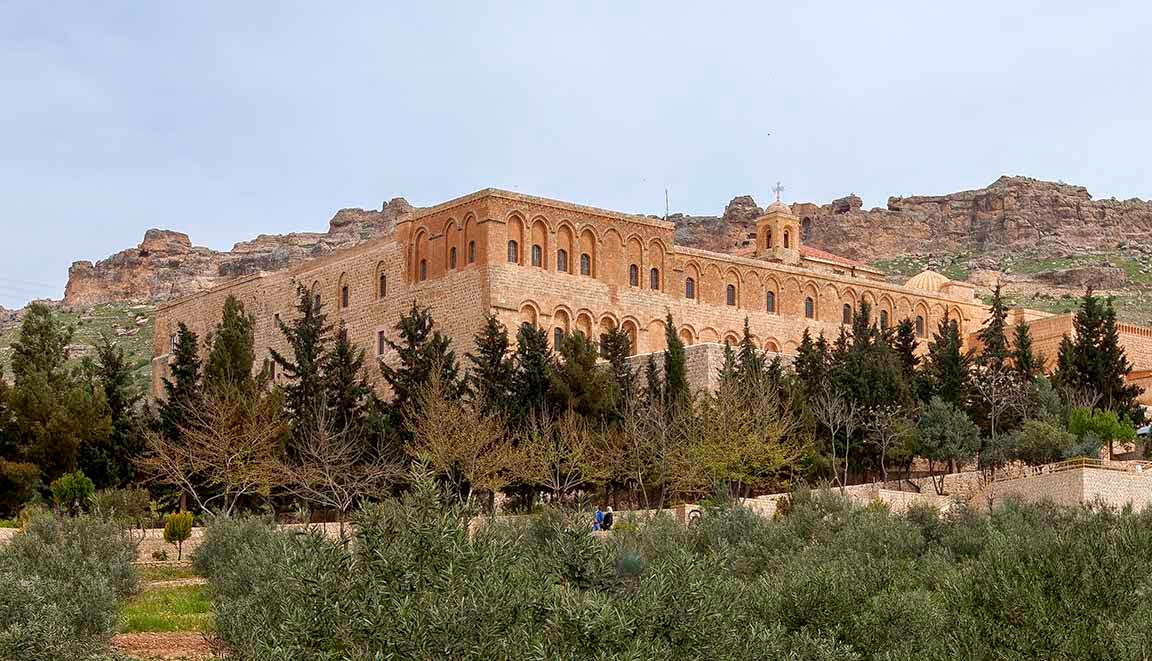Egypt | Giza | Sphinx
No sooner had I entered the grounds of the Pyramid Complex than a horde of would-be guides descended on me like a Biblical plaque of locusts. “But who will chase the other people away?” moaned one when I turned down his services. Indeed, some visitors might be tempted to hire one guide just to shoo away the voracious sellers of camel and horse rides, postcards, model pyramids, head wraps, cowboy hats, and a host of other gimcracks and ephemera. But I pushed on; I just wanted to soak in the atmosphere by myself without someone chattering in my ear. First on the agenda was the Sphinx. The Sphinx of course needs no introduction. Reputedly both the oldest and largest monumental sculpture in the world, it is also one of world’s most instantly recognizable images.
As with most monuments of ancient Egypt, there is considerable controversy over when the Sphinx was built and by whom. I think we can safely rule out the theory that it is over 10,000 years old and was carved out by aliens using laser beams, or that it was built by the mysterious “giants” who keep popping up here and there in the Old Testament. The most prevalent scholarly theory maintains that it was constructed during the reign of the Pharaoh Khafra (c. 2558–2532 BC), the same pharaoh who built the middle pyramid of the three big Giza pyramids. Most onsite tour guides also ascribe to this idea. The face of the Sphinx might be—again this is disputed—that of Khafra himself.
The Sphinx with the Pyramid of Khufu, the largest of the Giza pyramids, in the background.
The Sphinx is 241 feet long and 66 feet high—reputedly the largest stone sculpture in the world.
I remember reading, when I was maybe seven years old, that Napoleon’s artillery men shot off the Sphinx’s nose for target practice. I am pretty sure I did not read this in a “Scrooge McDuck” comic book, even though the adventures of the richest duck in the world did inspire some of my later travels (i. e., “The Lost Crown of Genghis Khan”, a McDuck classic; this is surely where I read about Mongolia and Genghis Khan [Chingis Khan] for the first time). However, a Danish traveler by the name of Frederic Louis Norden made a sketch of the Sphinx in 1738 which shows the nose already missing. This was decades before the pint-sized French megalomaniac arrived on the scene. An alternative tale suggests that in 1378 a Sufi by the name of Saim al-Dahr became outraged after seeing local peasants worshipping the Sphinx, a clear violation of the tenets of Islam, and in a fit of pique knocked off the nose himself. How he was able to do this is not clear. It would have taken more than just a sledgehammer. Anyhow, then as now the local authorities did not appreciate people tampering with tourist attractions. Saim al-Dahr was arrested for vandalism and hanged.
The noseless Sphinx
Another view of the Sphinx
“Penny for your thoughts?”









